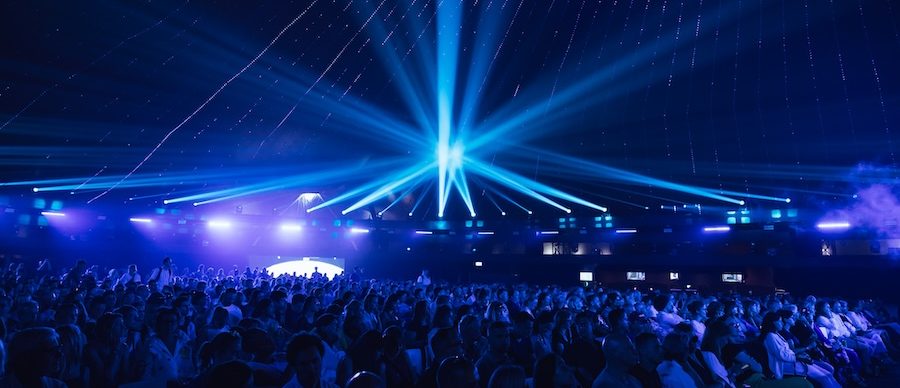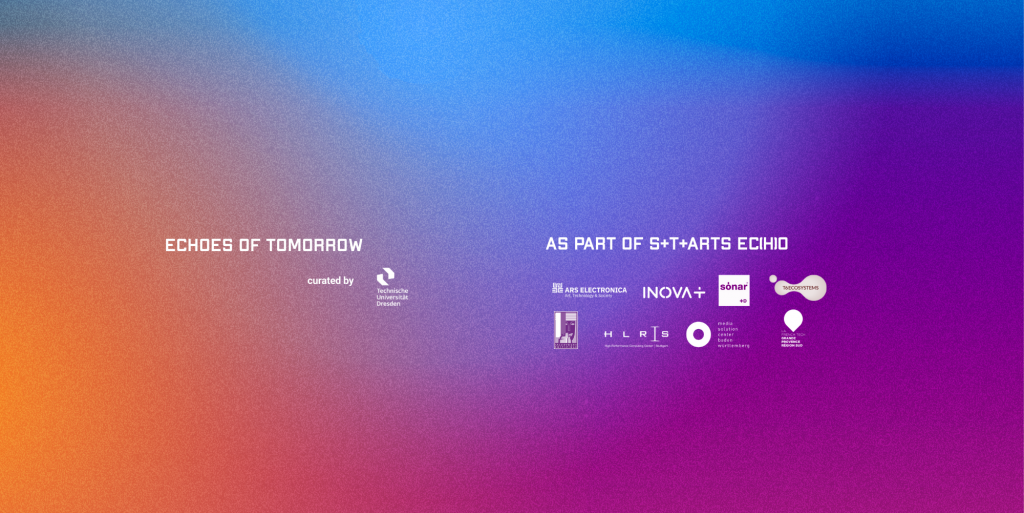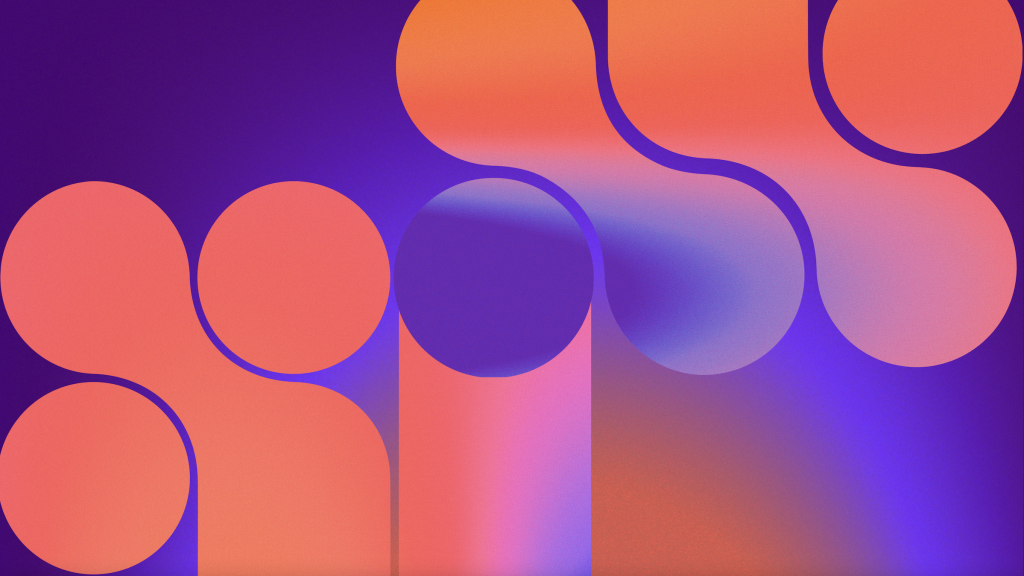What if ports could be more than just hubs of trade—what if they became living ecosystems where art, technology, and nature coexist?
At the end of July, three artists of STARTS4WaterII, supported by the European Commission, project coordinator VITO and the partners GLUON (BE), TBA21 (SP/IT) and BETA FESTIVAL (IR), marked presence at the Love Tomorrow Summit in Belgium – a side event of Tomorrow land that sparks conversations around ideas and solutions shaping a better future – showcasing their artistic creations resulting from 9-month residencies, during which they were hosted by different ports in Europe, to tackle, together with technologists, scientists and cultural organisations, urgent challenges related to water management and the relationship of the ports with citizens.
Overall, they claim that port management must reframe the broad frameworks of global trade flows in relation to local dynamics, respecting coastal ecological resilience and the socio-economic well-being of port communities.
Through these bold experiments, artists explore the potential of redevelopment areas between the city and the port. They generate creative ideas and innovative proposals to stimulate new economic activities that contribute both to the transit and import role of ports and to local production for the city, serving citizens and ecosystems.
Armed with ambisonic hydrophones, climate data, and field recordings of both natural and human sounds, Carlos Casas designed a layered, auditory map of the ever-changing ecosystem in the Venetian lagoon, supported by TBA21. Where human infrastructure, underwater life, and climatic forces intertwine, LACUNAE invites us—not through abstract data but through sensory experience—to engage with the calls of migratory birds, the crackling of mussels, and the sounds of the port. This reimagines Venice as a living, sonic organism in transition.
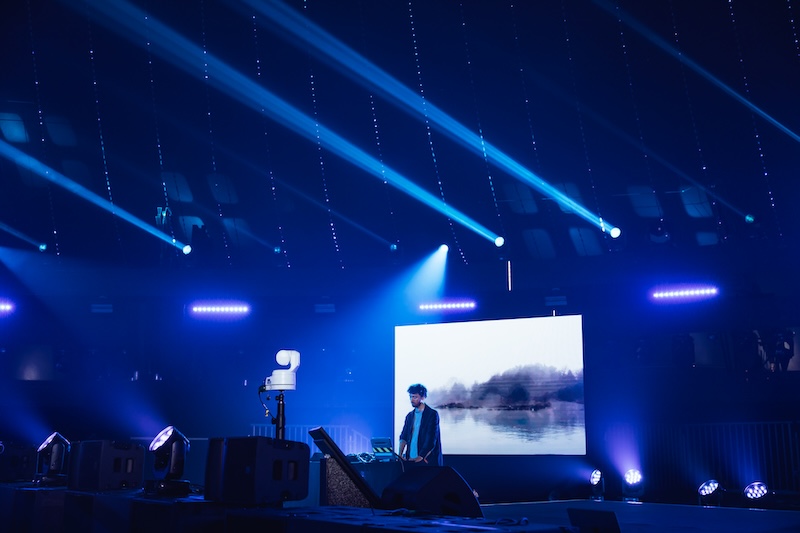
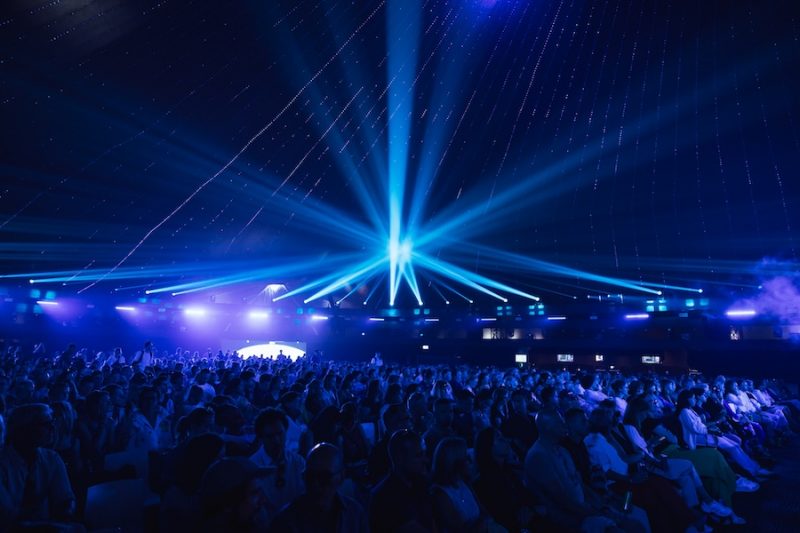
Carlos Casas: Lacunae – credit @tinneconjaertsphotography and Love Tomorrow
Kat Austen showcased on the Atmosphere stage with a sound and dance project, Not Breaking – This Wave Drowns Hate. She used the Symbiophone, an instrument that detects microplastics in water and converts them into sound. This sound triggers an AI agent trained with future visions from the local community around Galway’s harbour in Ireland. The AI generates new images that visualize human ideas of symbiotic coexistence with the ocean. Pollution is not merely “translated” but becomes a catalyst to evoke a desired future. This residency was supported by BETA FESTIVAL in Ireland.
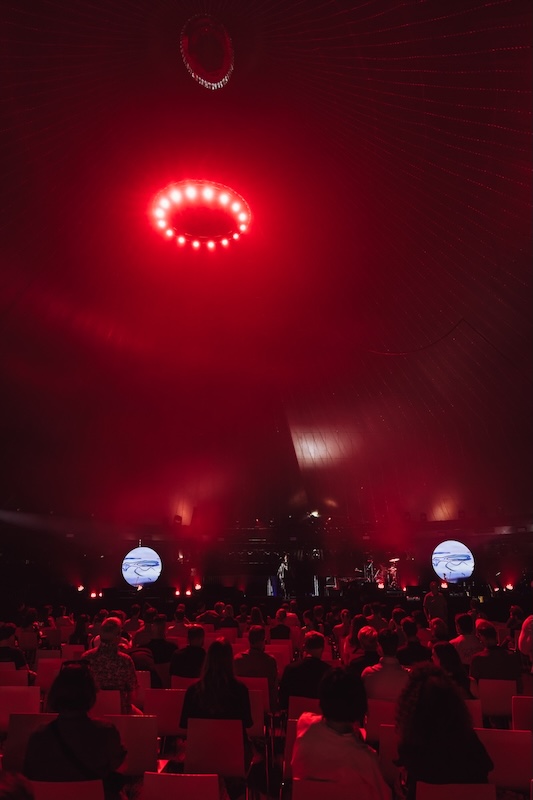
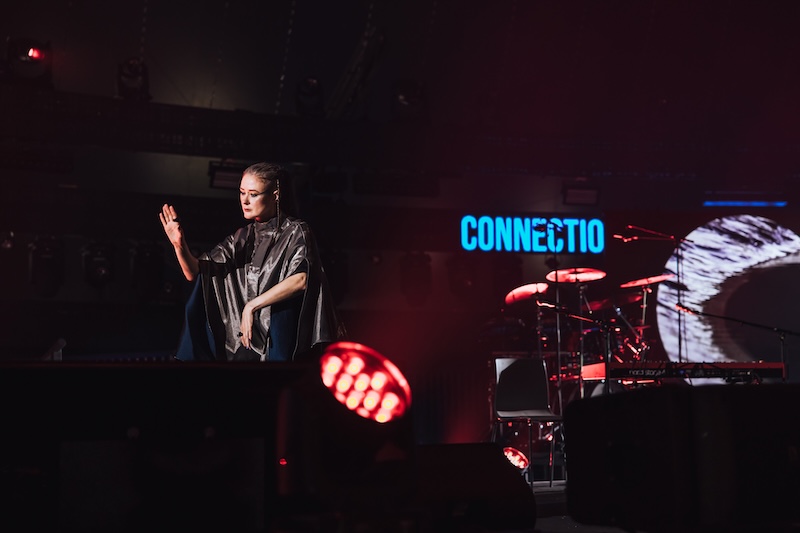
credit @tinneconjaertsphotography and Love Tomorrow
Territorial Agency performed on the Freedom stage with In Anthropocene Territory Scheldt – a residency supported by GLUON – revealing the river region as a stark example of the Anthropocene—an era where human influence is inextricably linked with ecological, geological, and technological processes. Using satellites, drones, and sensors, invisible tensions in the landscape—from disrupted sedimentation and warming to infrastructure pressure and biodiversity loss—are made visible. Like an X-ray revealing hidden layers in a painting, the project offers new insights into the Schelde system through remote sensing. The images make systemic shifts tangible for citizens and policymakers, paving the way for shared understanding and new forms of collaboration in a transforming landscape.
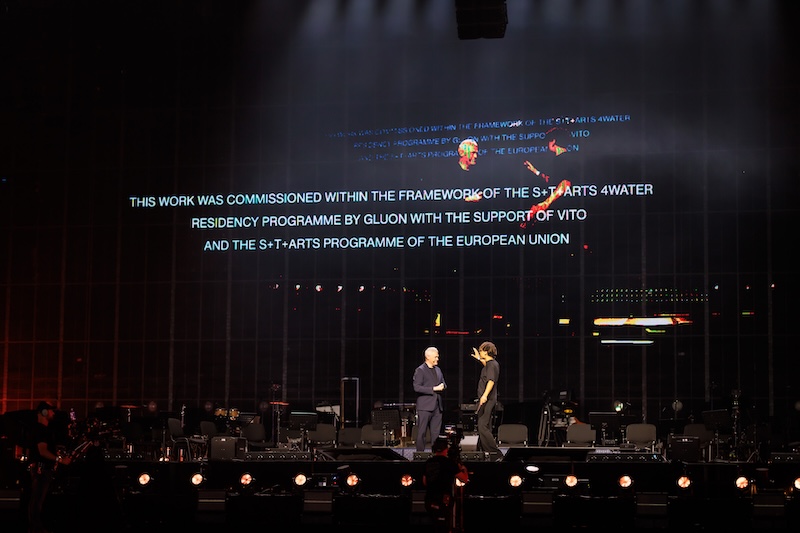
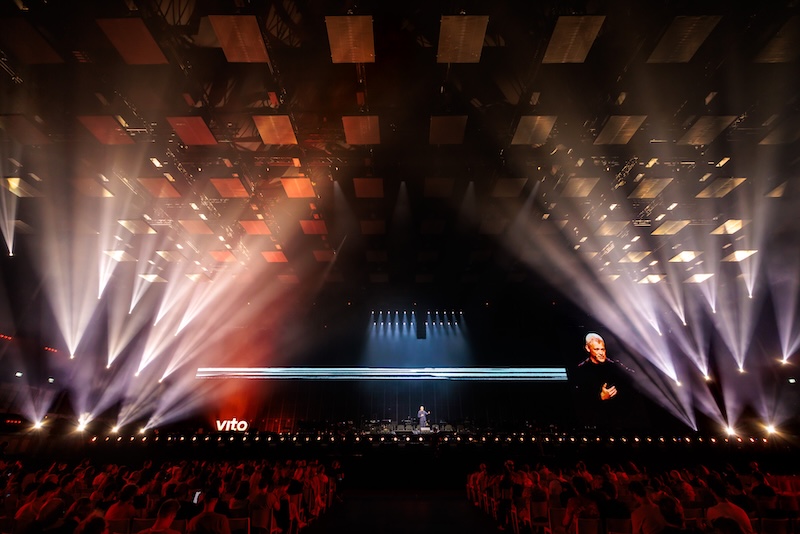
credit @tinneconjaertsphotography and Love Tomorrow
The performances by STARTS4WaterII artists at the Love Tomorrow Summit did more than captivate thousands of spectators—they sparked a collective reflection on the future of our ports and waterways. Ports, often seen as isolated industrial zones, were reimagined through the performances of the artists as vibrant co-habitation spaces where human activity and nature thrive together. Through sensor technology, storytelling, and field research, these artists transformed data into empathy, giving voice to the unseen—mussels, microplastics, and tidal currents—turning them into storytellers of our ecological reality.
By combining data visualization, satellite imagery, and artistic expression, they created powerful tools to reveal hidden tensions and inspire action. Their work challenges us to move beyond measurement and truly understand our relationship with water. As we stand at the intersection of creativity, technology, and community, one question lingers: How can we redesign our ports—and our world—to foster harmony between people, cities, and living species? The answers may well lie in the bold experiments of artists like these, who dare to envision a future where innovation and nature are interconnected.
